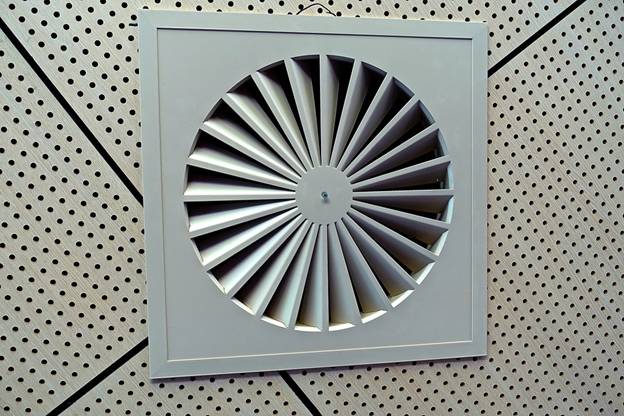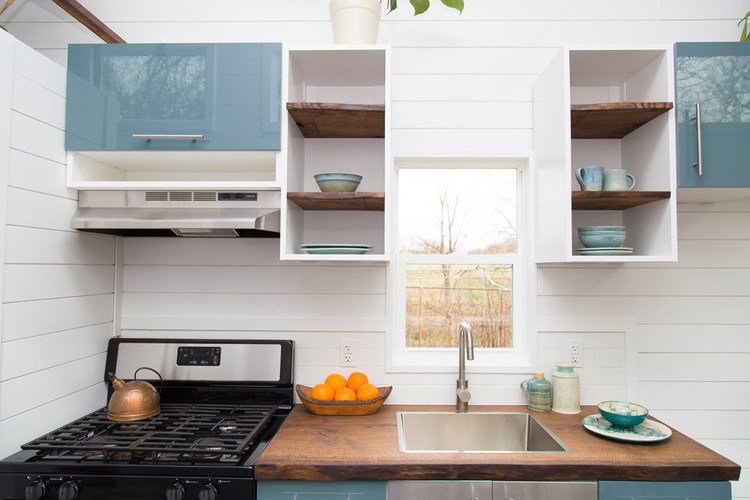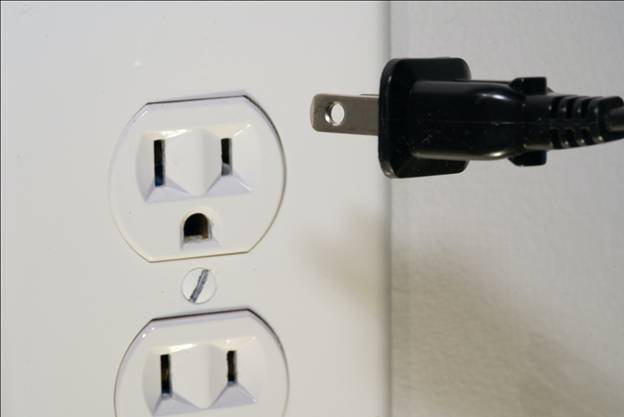Blog

Tiny House Roof Ventilation: How To Improve Air Circulation
If you are going to build and live in a tiny house then roof ventilation is very important. Here’s how to improve air circulation in your tiny home.
Tiny homes.
It feels like you’ve downsized on everything!
A lower electricity bill.
Lesser house maintenance.
Reduced acquisition cost.
Reduced air quality?!
The human body creates a lot of moisture.
Even when you ignore your daily house activities, our bodies alone expel 3.5 cups of water on an average day of summer! And then, let’s not forget the normal things we do in our day that make the air around us a little damper:
- Bathing.
- Cooking.
- House cleaning.
The tiny house revolution has made all of us dream about the countless possibilities that were beyond our reach previously. But like every solution that promises dramatic changes, even small homes have their share of problems. Since the total area of your small dwelling is a lot less than a conventional house, ventilation in a tiny house can be a problem.
And although you operate on less than half the size of a conventional home – the closed space can have detrimental effects on your health. The activities that enable us to call our tiny home a home can make the air around us harmful in many ways, which then causes headaches and allergic reactions.
Consider these examples:
- Dust: There may be lesser objects in your tiny house that can collect dust, but the dust will tend to build up quickly. If you have a furry friend living with you, you can expect a lot more of it!
- Indoor Plants: But plants are good! Aren’t they? Partially. Even though they clean the air around you, they can make the air around you more humid.
- Extra Moisture: You’d want the humidity levels in your home to be somewhere between 45 to 50 percent. But if the humidity levels beyond this benchmark, your house will be a breeding ground for bacteria (this is when people start to find mold in their homes).
- Odor: Insignificant smells that can be ignored easily in a conventional home can be annoying in a small house. Whether you’re cooking something, caring for a pet, or using the washroom – it can get unpleasant very quickly!
- Gas Appliances: If you have a fridge, cooktop, or a heater in your home, residual carbon monoxide can be a serious problem.
Why is Ventilation Necessary in a Tiny House?
As the risks above suggest, not ventilating your tiny house appropriately can cause detrimental problems. Since you’ve installed heavy insulation in your house already and there isn’t a lot of air leaking, you can’t expect too much natural air circulation.
Besides, your living conditions don’t necessarily ease up the situation either. Your morning shower will create steam that will travel to your kitchen, and before you know it, it’ll feel like you’re having breakfast by a campfire.
Having humidity levels that are too low in your home can be a problem, too. Not only do people opt for ventilation in a tiny house because of high moisture levels, but a decreased moisture level can cause respiratory problems and make the air around you too dry.
The aridness often leads to dry skin and itchy throats that make airflow all the more important in a tiny home.
What Are Your Options?
When homeowners think of having appropriate ventilation in a tiny house, they immediately think of air purifiers.
And if you’re thinking in the same direction – you’re not necessarily wrong! But apart from this widely popular option – there are other ways you can improve the air quality in your tiny home.
Take a look at the following products:
1. HRVs (Heat Recover Ventilators) & ERVs (Energy Recover Ventilators)
Low humidity is a common problem in the winters. If this problem is making your living conditions tough, get an HVR. An HVR can use the heat of the dry air to ensure the air coming into your home from the outside is already preheated. This solves the humidity problems, too.
An ERV on the other hand will keep most of the humidity inside your house. So you should only consider getting one if you’re living in a hot and humid location. One ERV that is popular amongst tiny house enthusiasts is the Honeywell VNT5150E1000 Truefresh 150 CFM.
By installing this into your ceiling you can easily balance the ventilation in your house. It’ll add fresh air to your house to replace the dry atmosphere so the pressure can stay balanced. The best part is that even when it’s operating it’s extremely quiet.
You won’t even know it’s there!
2. Extracting Carbon Monoxide – Range Hoods

Remember how we mentioned carbon monoxide can be dangerous for your home? Well, there are ways you can extract this harmful constituent of the atmosphere, too! Several tiny house lovers get a range hood placed on the outside of their home to keep the air safe for their daily living operations. While most range hoods can be thirty inches in width, the Summit H1720W is 20 inches wide and the Air King AV1213 is 21 inches wide.
Its small size makes it less noticeable and it works just like a normal range hood! However, if your tiny home is getting its power through a solar cell, you might want the Jensen 12 Volt Power Range Hood. It can draw smoke and heat from the environment and it has a filter that is easy to clean.
Read Next: What Is The Best Insulation To Use In A Tiny House?
Roof Ventilation Alternatives
1. Fans for Excess Air Circulation

Oftentimes people have expensive devices installed to ensure that air quality is optimal. However, moisture can still exist in areas that don’t have a lot of ventilation. This is a common problem in tiny homes since they are usually deprived of circulation because of their structure.
To make sure the ventilation in a tiny house is appropriate get fans that can force air into areas that don’t get a lot of air. The Through the Wall 2-Speed with Airflow Adapter Room to Room Fan can help with that.
2. Vents Mirca 60 – Fresh Air
Another device you can use to freshen up the atmosphere in your tiny home is the Vents Mirca 60 that you can get from the Home Depot. It is well suited for houses because it performs well in offices, bedrooms, living spaces, and every other small closed space.
The warm musty air from your home moves through the filter and goes outside. This air is then replaced by fresh air from the same filter. You can use this device in both summers and winters since they are designed to operate 24/7.
But this also means that you should pick their location carefully because their noise can be a bit irritating. Try to position them as far as possible from the bedroom.
3. Air Purifiers
On several occasions, rain or foggy weather can make the air around you heavy. This air can carry an odor which might give your tiny house a bad smell quickly. In this case, an air purifier can be helpful. Air purifiers catch large particles from the air like fur and dust, and they can also catch small particles like bacteria, pollen, and pet dander.
Here are some of the best ones you can get:
Read Next: What You Need To Know When Insulating Your Backyard Office Or Tiny Home
Avoiding Common Mistakes
Although creating a beautiful tiny house is always the goal – you should also keep the ventilation aspect in your mind. Not every roof is great for ventilation! A gable roof is popular amongst tiny house enthusiasts since it has pitched sides that allow excellent ventilation.
Air Leaks

Even though the size of a socket may seem insignificant but even the smallest of gaps can change how efficient your home is. If you do notice any leaks around your home, use a foam seal to close all of these leaks and make sure you give this activity all the time it requires! Leaks can pop up in the most unusual spaces!
Covering Vents
Make sure you don’t cover up the vents in your tiny home with insulation! Taking time on every piece of the puzzle pays off in the long run. The ventilation system you eventually opt for should not allow moisture and must also be energy efficient.
Conclusion
Ventilation in a tiny house has always been a problem that has thwarted several tiny house blueprints. However, careful planning and understanding of the options available to you can easily make the task incredibly easy.
Roof ventilation is a common technique several tiny home enthusiasts go with, but there are other alternatives that can further improve the quality of the air in your home. Try to opt for a ventilation strategy that involves several elements and is cost-efficient at the same time – there’s no point in preparing your tiny home for only one season!